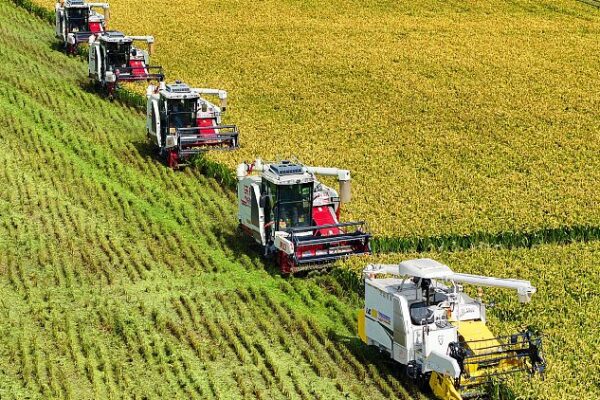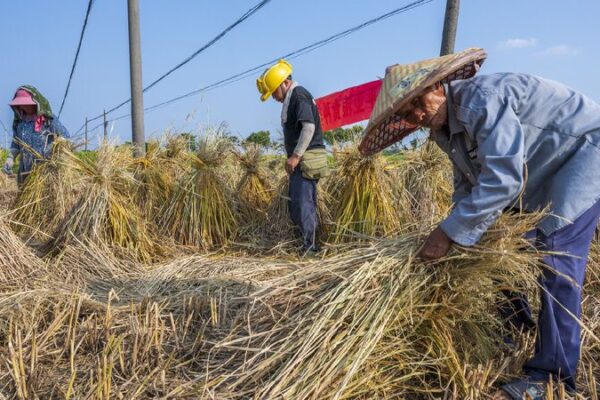China is stepping up its game to revitalize its countryside and boost agriculture with its latest “No. 1 Central Document.” This important policy, released by the Central Committee of the Communist Party of China and the State Council, puts the spotlight on reforming rural areas to empower farmers and modernize agriculture.
Why is this a big deal? Because reform is at the heart of China’s strategy this year. The document emphasizes improving agricultural efficiency, uplifting rural communities, and helping farmers earn more. The goal? Building a strong agricultural nation that can feed its people and reduce poverty.
One of the top priorities is making sure there’s enough food for everyone and preventing people from falling back into poverty. China plans to support grain production with better policies, create a diverse food supply, and encourage everyone to save food. This means more stable and secure food supplies for the nation.
The plan also includes three major actions: developing rural areas, building up rural infrastructure, and improving rural governance. This isn’t just about planting more crops; it’s about making rural life better in every way. By growing rural industries, improving roads and services, and fostering strong communities, China aims to give farmers more opportunities to thrive where they live.
Moreover, the reforms focus on grassroots innovation. By promoting cultural development and modern social practices in rural areas, the aim is to build vibrant and harmonious communities.
Finally, to make all this happen, China is looking at better ways to use resources like people, land, and money. By investing more in agriculture and rural areas, the country wants to ensure these reforms are sustainable and effective.
As China moves forward with modernization, these rural reforms show a strong commitment to advancing agriculture and improving the lives of its rural population.
Reference(s):
Institutional reform stands out in China's 'No. 1 central document'
cgtn.com








